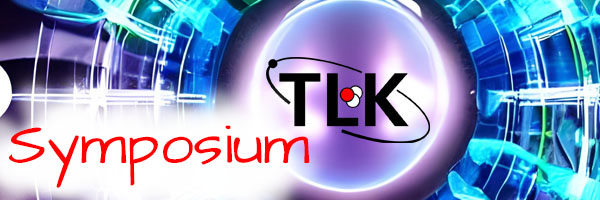Speakers
Description
In tritium-bearing facilities such as fusion power plants, sorption processes form the basis for an accumulation of tritium at and behind contact surfaces. These processes, collectively called tritium memory effect, influence the accuracy of activity-based measurement methods such as BIXS or ionization counters. To quantify the properties of the tritium memory effect for different materials, the TRACE 4.0 system, a further development of TRACE 3.0 [1], was integrated into the Tritium Adsorption Desorption Experiment (TRIADE) [2].
TRACE 4.0 is capable of exposing individual material samples to gaseous tritium by precise manometric dosing. The electrons emitted by the tritium sorbed on the sample surface produce bremsstrahlung and characteristic X-rays in the material, which are detected by a BIXS system behind a beryllium window [3]. From the detected count rate, information about the tritium sorbed on the sample surface and thus the tritium memory effect can be obtained.
Three different material samples, tungsten (W), alumina (Al2O3) and gold (Au), are gradually exposed to tritium at a constant pressure of a few mbar. To detect the activity on the sample surface, the integrated turbomolecular pumps evacuate the measurement cell to <10-9 mbar during the measurement. To eliminate material-specific properties in the production of X-rays in different materials, the ratio of the count rates is formed after and during exposition. In order to study the tritium memory effect in a wider temperature range, a cryogenic sample holder is conceptualized, simulated and a prototype is constructed in this work. The geometry of the cooler is optimized such that the sample temperature and cooling time are minimal, using gaseous nitrogen as coolant. This allows temperature ranges close to 100 K.
Literature
[1] Aker, M. et. al. “Material Studies to Reduce the Tritium Memory Effect in BIXS Analytic Systems”, 2020
[2] Roellig, M. „Tritium analytics by beta induced X-ray spectrometry“, 2015
[3] Matsuyama et. al. “New technique for non-destructive measurements of tritium in future fusion reactors”, 2007

